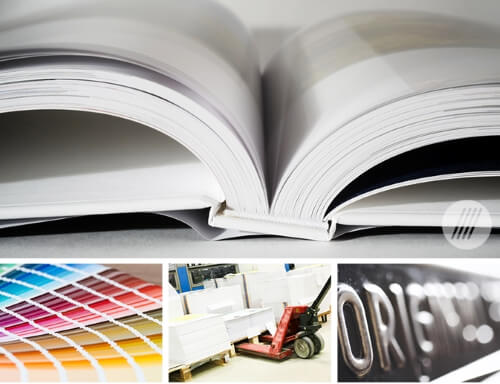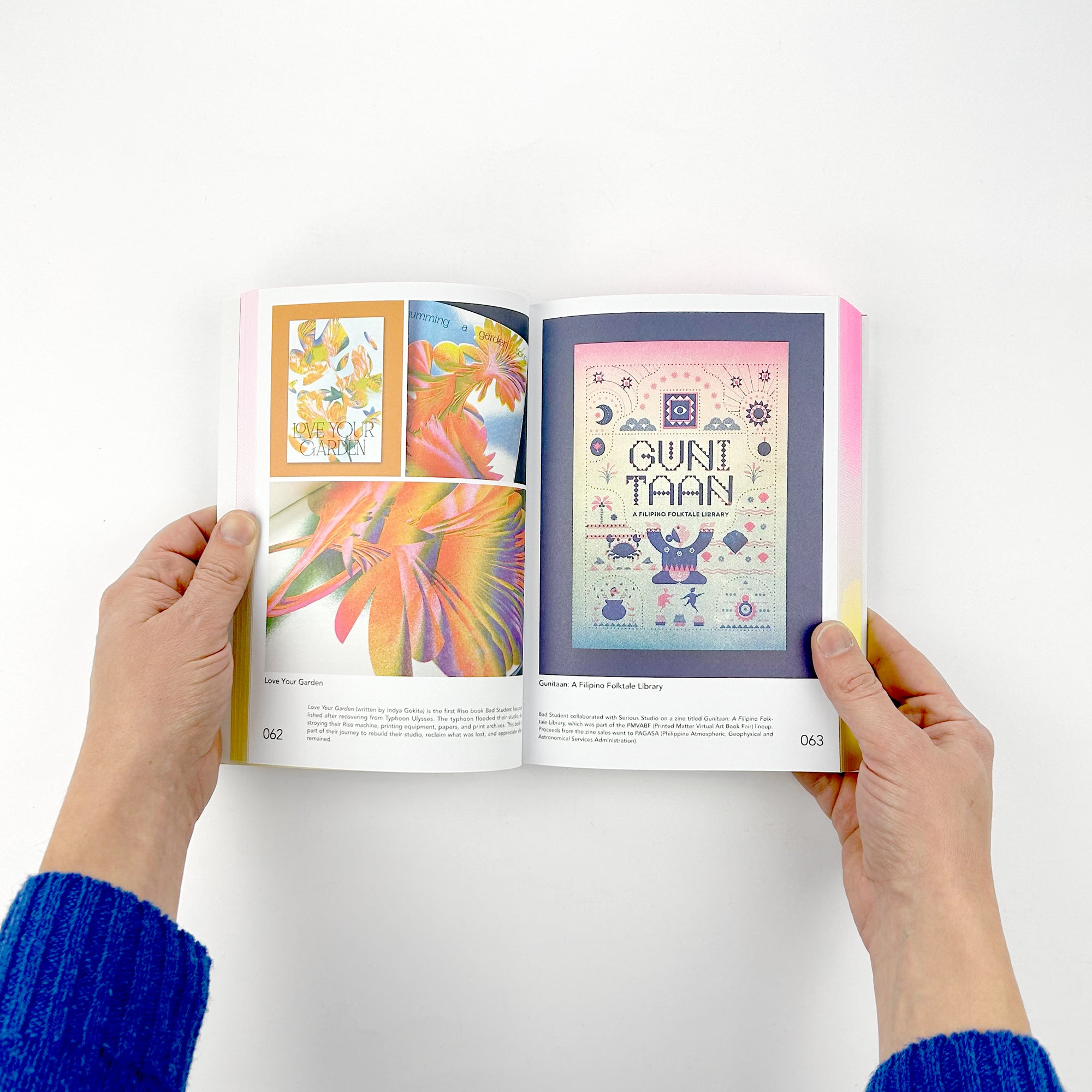Comprehending the Process Behind Premium Art Book Printing for Art Enthusiasts
When it comes to high-grade art book printing, comprehending the intricacies of the process can boost your gratitude for the end product. You could not understand exactly how important paper option and ink choices are to the vibrancy of art work. Each element plays a substantial role in accomplishing the desired impact. As you explore the different components of art book printing, you'll discover understandings that could transform your viewpoint on art preservation and presentation.
The Importance of Paper Selection in Art Book Printing
When it involves art book printing, the choice of paper can make or break the end product. You want your artwork to radiate, and the appropriate paper boosts color vibrancy and information. Consider elements like weight, structure, and coating; these components considerably impact how visitors view your job.
For example, a much heavier stock communicates high quality and longevity, while a distinctive coating can include deepness to photos. Smooth paper is excellent for comprehensive reproductions, enabling fine lines and subtle shades to appear crisp.
Don't forget the paper's illumination; a brighter sheet can aid colors pop, making your art extra captivating. You'll also wish to believe regarding exactly how the paper communicates with inks and whether it can deal with the printing procedure without contorting or bleed-through. Eventually, selecting the right paper sets the phase for your art, guaranteeing it catches the audience's attention equally as you pictured.
Picking the Right Inks for Lively Reproductions
Choosing the best inks is just as important as picking high quality paper to accomplish vibrant recreations in your art book. When you're publishing artwork, you desire shades that pop and properly stand for the original item. Go with inks with a high pigment concentration; these tend to generate richer and much more saturated colors.
You might take into consideration utilizing historical inks, which withstand fading over time, ensuring your art book continues to be as striking as the day it was printed. If you're dealing with photos or electronically created art, pigment-based inks can give a larger shade gamut, improving information and depth.
Do not forget the finish! Matte and glossy inks can dramatically change the look of your artwork, so consider the look you're intending to attain - art book. Eventually, the ideal ink choice matches your paper option, creating a spectacular aesthetic experience for your viewers
The Role of Color Monitoring in Print Quality
Color administration plays a crucial role in accomplishing high print top quality for your art book. It assures that the colors you see on your screen equate properly to the published web page. Without effective color administration, your lively art work might show up dull or distorted, weakening your innovative vision.
Next, use color profiles customized for your printer and paper kind. These accounts assist the printer in replicating shades precisely, minimizing inconsistencies between digital and printed versions.
When you prepare your documents, take into consideration making use of a shade area like Adobe RGB or CMYK, depending upon your printer's specs. Always proof your work, also; an examination print can expose any type of potential shade concerns prior to the final run. By prioritizing shade administration, you protect the integrity of your art, guaranteeing your target market experiences it as you meant.

Understanding Different Binding Methods
Achieving the excellent appearance for your art book exceeds shade management; binding methods likewise play a significant duty in its overall discussion and sturdiness. You have several choices to evaluate, each with its very own unique features.
If you're going for a specialist feel, situation binding offers a strong alternative with a difficult cover, excellent for this link showcasing your artwork. On the various other hand, perfect binding supplies an adaptable spine while maintaining prices down, making it a prominent selection for softcover publications.
Spiral binding enables your art book to lay level, which is great for showing photos without obstruction. On the other hand, saddle sewing is ideal for smaller pamphlets, giving a clean surface without the mass.
Inevitably, the binding technique you choose must mirror your imaginative vision and how you want readers to engage with your work. Make certain to consider these alternatives carefully to accomplish the most effective result for your task.
The Influence of Publish Dimension and Format on Presentation
While the choice of print size and layout may seem secondary to content, they significantly affect exactly how your art work is viewed. The measurements of your prints can either improve or reduce the effect of your items. Larger prints can draw audiences in, enabling them to appreciate elaborate details, while smaller formats might call for even more intimate involvement.

Preservation Strategies for Lasting Art Books
To guarantee your art publications stand the test of time, it's important to carry out effective conservation techniques. Beginning by keeping them in a cool, completely dry environment, far from direct sunshine and moisture. This stops fading and bending, keeping your web pages intact. Usage acid-free storage boxes or safety sleeves to secure them from dust and physical damages.
When managing your publications, always clean your hands or put on cotton gloves to prevent oils and dust transferring onto the pages. Stay clear of bending or creasing the spinal columns; rather, make use of book supports when showing them.
For included defense, think about buying archival-quality products for any kind of repairs or improvements. Frequently inspect your collection for signs of wear or damage, resolving problems immediately. By complying with these easy approaches, you can assure your art books stay vivid and accessible for many years ahead, maintaining their beauty and value for future generations.
Working together With Printers for Ideal Outcomes
When you prepare to publish your art book, picking the appropriate printer is essential to achieving your vision. Clear communication about your expectations and needs will help guarantee that both you and the printer are on the same page. Allow's discover just how to Recommended Reading make this cooperation as smooth and reliable as feasible.
Choosing the Right Printer

Effective Interaction Strategies
Efficient interaction is crucial for turning your art book vision into truth, specifically when collaborating with printers. art book. Begin by plainly detailing your project's goals, including style components, recommended materials, and any kind of specific printing methods. Do not think twice to share your ideas and references; this helps the printer comprehend your aesthetic
Establish routine check-ins to review progression and resolve any questions. Use visuals, like mock-ups or samples, to convey your ideas better. Be open to comments, as printers commonly have useful understandings that can boost your site link task. Keep a favorable partnership by being considerate and pleased of their competence. This partnership will guarantee that your art book meets your expectations and beams in its last kind.
Frequently Asked Questions
What Are Usual Blunders to Prevent in Art Book Printing?
When printing your art book, stay clear of typical mistakes like poor resolution photos, inaccurate color accounts, and ignoring page format. Do not forget to check and verify details to validate your final item satisfies your expectations.
Just How Does Digital Printing Differ From Standard Printing Methods?
Digital printing makes use of digital documents to produce prints straight, permitting quicker turnaround and modification. In contrast, typical techniques entail physical plates, which can be lengthy and much less versatile for tiny runs or distinct layouts.
What Is the Common Turn-around Time for Art Book Printing?
The common turn-around time for art book printing varies, yet you can expect it to take anywhere from a few weeks to numerous months. Elements like intricacy, quantity, and printing technique all affect this timeline.
Can I Print a Restricted Version Art Book Economically?
You can publish a limited edition art book financially by selecting economical products, optimizing print runs, and using electronic printing options. Cautious preparation and budgeting will certainly help you accomplish top quality without overspending.
What Are the Ecological Factors To Consider in Art Book Printing?
When considering art book printing, you ought to consider environment-friendly products, lasting inks, and energy-efficient processes (art book). Choosing regional printers can additionally lower your carbon footprint, making your project both lovely and eco responsible